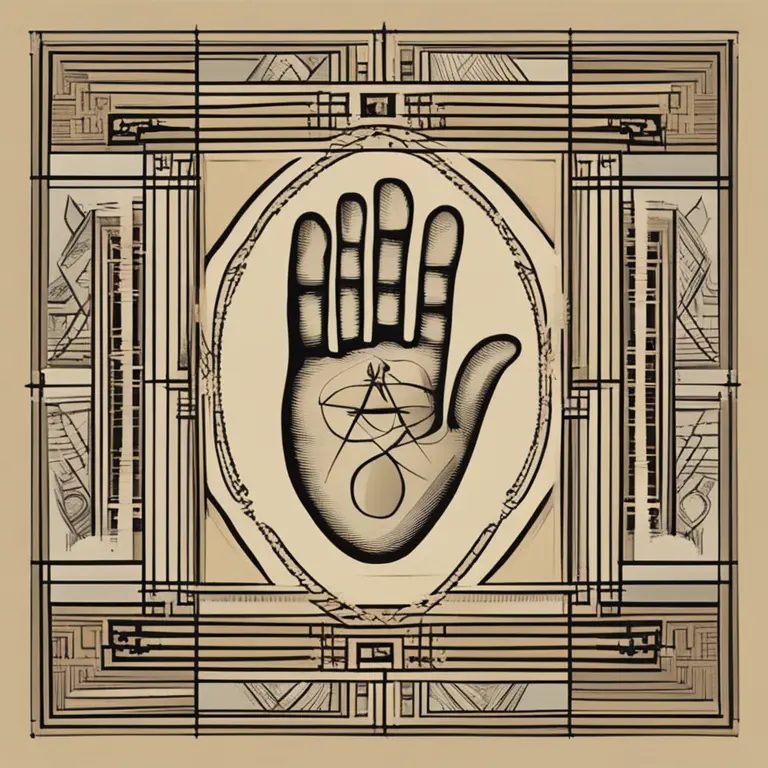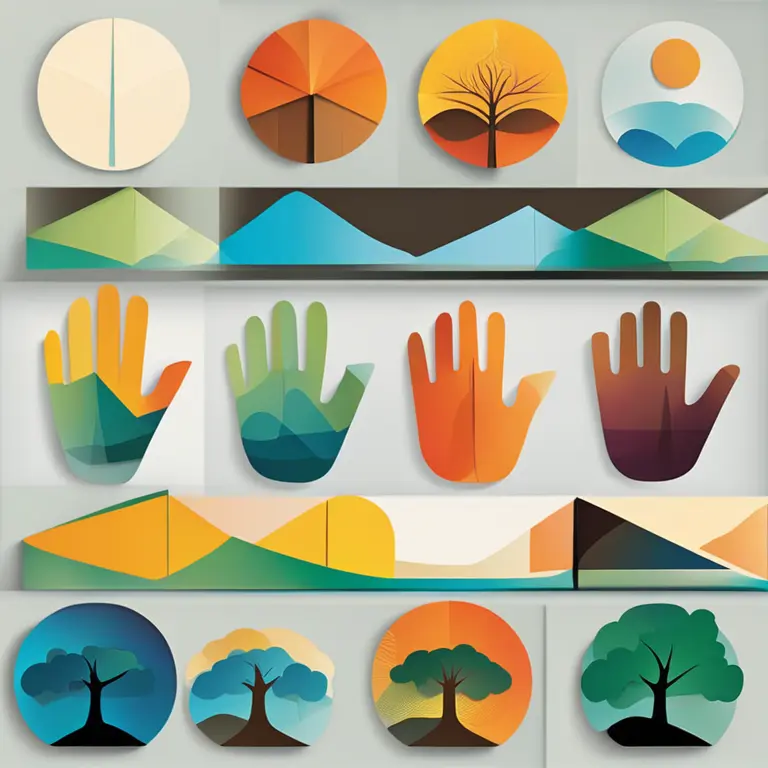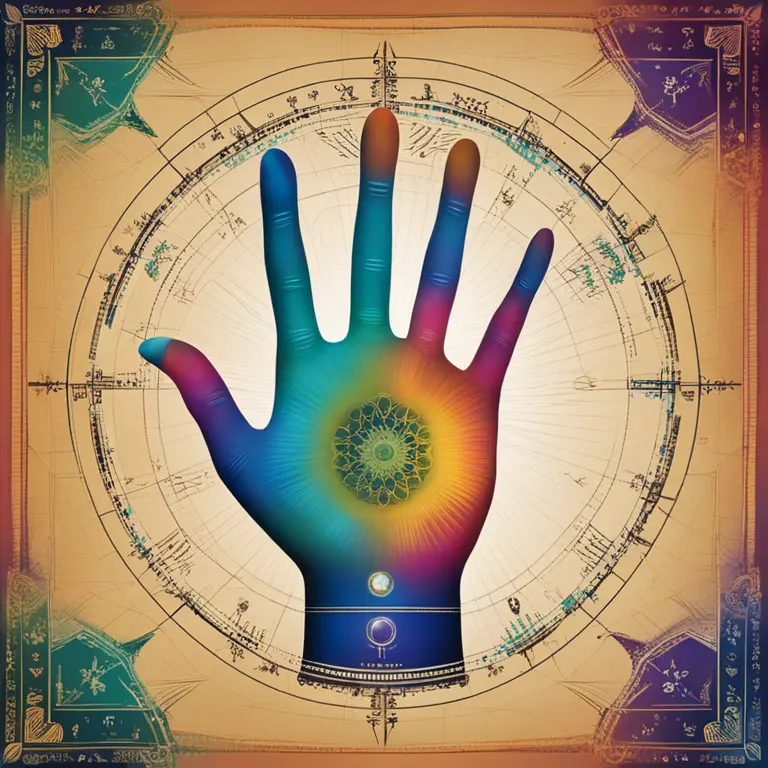
The Essentials of Palmistry: A Guide to Hand Reading
Discover the fascinating world of palm reading with our concise guide, revealing the fundamentals of analyzing lines, mounts, and shapes in palmistry.
article by Nora Pennington
The Roots of Palmistry
Palmistry, also known as chiromancy, has been practiced for thousands of years, spanning various cultures and civilizations. This ancient art claims that the lines and contours of one's hands can reveal aspects of their personality and future. Originating from Hindu astrology, palmistry was later adopted in Chinese and Greek divinatory traditions. Today, it merges esoteric knowledge with modern psychological insights, making it relevant for an audience intrigued by self-understanding and future prospects.

Interpreting the Lines
At the core of palmistry lies the interpretation of the hand's lines, which palmists believe correspond to different facets of our lives. The most prominent are the heart, head, life, and fate lines. The heart line focuses on emotional experiences, love, and relationships. The head line, on the other hand, represents intellectual pursuits and mental acuity. The life line is often associated with vitality and major life changes, while the fate line is linked to life's direction and success. Readers analyze the depth, length, and curvature of these lines for insights.

Mounts and Their Meanings
Beyond the lines, the mounts of the hand, named after celestial bodies, hold significance in palmistry. The Venus mount, under the thumb, indicates passion and sensuality, while the Jupiter mount, below the index finger, denotes ambition and leadership. The mounts of Saturn, Sun, and Mercury, associated with the middle, ring, and little fingers, are associated with perseverance, creativity, and communication, respectively. The Moon mount, on the opposite edge of the palm, signals intuition.

Palm Shapes and Fingers
A person's palm shape and finger lengths also reveal personality traits. Earth, air, fire, and water hands correspond to the classical elements, each denoting specific characteristics like practicality, intellect, ambition, or sensitivity. Finger length and shapes, flexibility, and the thumb's size contribute additional layers of interpretation, enriching the palmist's reading with complex personal insights.

Modern Palmistry Applications
As societies progress, palmistry adapts, incorporating contemporary psychology and evolving cultural norms. The practice is no longer just about predicting the future but is used as a tool for self-discovery and understanding inherent potentials. With the widespread acceptance of alternative wellness practices, palmistry's appeal has broadened, offering individuals a unique perspective on personal development and life choices relevant to the times.
Cautions for Practitioners and Clients
While palmistry can be enlightening and entertaining, both practitioners and clients must approach it with a balanced perspective. As with all forms of divination and personality analysis, readings are subject to interpretation, and outcomes are not guaranteed. The value lies in the reflection and introspection it encourages. Hand readers should always uphold ethical standards, providing readings in a manner that empowers and inspires, rather than creating fear or dependence.
Published: 1/11/2024
Modified: 1/12/2024
More predictions
Come back here soon to learn more about yourself and your future


Can Palmistry Predict Your Path Incorrectly?
Delving into the accuracy of palm readings, this article examines whether palmistry can lead to incorrect predictions about one's life and destiny.


Can Palmistry Foresee One’s Demise?
Delve into the contentious debate about whether palmistry can predict the end of life and the ethical considerations of such a claim.


The Essence of Palmistry: Interpreting Lines and Shapes
Delve into the world of palmistry to discover the meanings behind the lines and shapes etched into the palms of your hands.